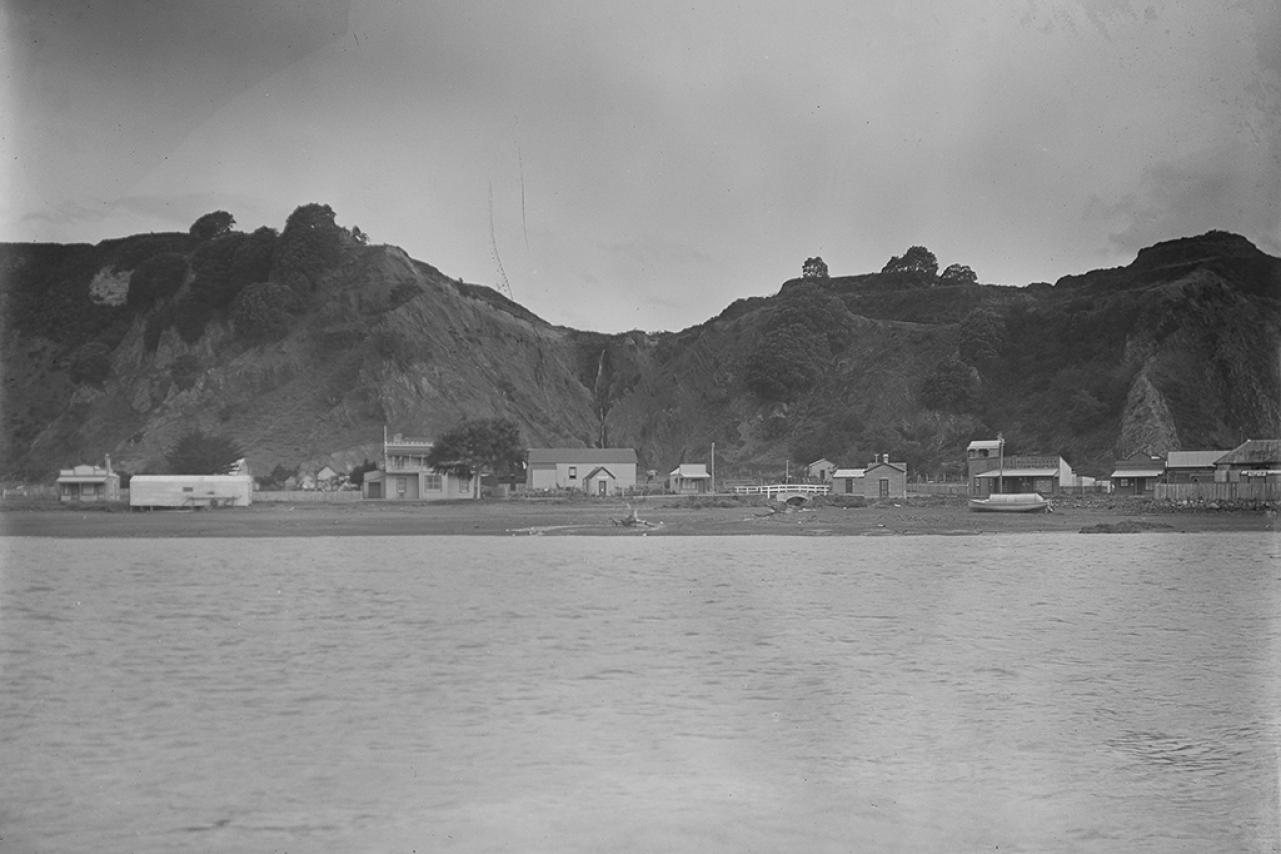Eastern Bay of Plenty: 1,000 years of settlement and change
The Eastern Bay of Plenty is one of the earliest places settled by Māori in Aotearoa. The first inhabitant was Tīwakawaka, a grandson of Māui, the legendary voyager and discoverer of Aotearoa, who arrived over 1,000 years ago. His people lived in Kākahoroa - the area now known as Whakatāne - for generations before the arrival of the tribes Te Tini o Toi, Te Hapūoneone and Ngā Pōtiki.
Toi, a revered ancestor of Te Tini o Toi, established his stronghold at Kāpū-te-rangi, one of the oldest known pā sites in Aotearoa, perched high above Whakatāne. Many of the descendants of Toi formed marriage alliances with early settlers, and his sons Rauru and Awanuiārangi would go on to found iwi of their own.
Awanuiārangi is recognised as the founding ancestor of Ngāti Awa, whose rohe (tribal area) spans much of the present-day Whakatāne District. Ngāti Awa, Ngāi Tuhoe and Whakatōhea, the principal tribes of the Eastern Bay of Plenty, stem from the Mataatua waka (canoe), which also made landfall at Kākahoroa after its voyage from Hawaiki. Early voyagers intermarried with tangata whenua, and their descendants have shaped the Eastern Bay of Plenty for generations.
European settlement began in the 1830s, with the arrival of whalers, sealers, missionaries and traders. Whakatāne became a hub for shipbuilding and trade, exporting maize, potatoes, wheat and flax to other parts of the North Island.
Though many Māori in the Eastern Bay did not take up arms, the region was deeply affected by the New Zealand Land Wars of the 1860s and 1870s. In 1866, the Crown confiscated 181,000 hectares of land from Ngāi Tūhoe, Te Whakatōhea and Ngāti Awa - a loss still remembered today.
Major changes to the landscape came in the early 20th century. Between 1911 and 1925, Rangitāiki Plains were drained to make way for farming, and further land was reclaimed in Whakatāne for homes and businesses. In the 1950s, the towns of Kawerau and Murupara were developed to support the growing forestry industry. A pulp and paper mill was opened near Kawerau to process timber from the vast Kaingaroa Forest, while Murupara became a key base for forestry workers and log transport.
